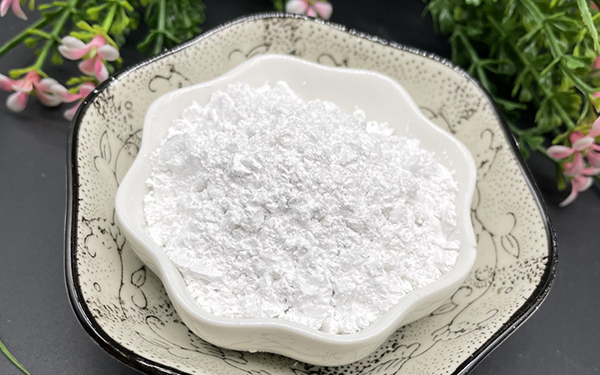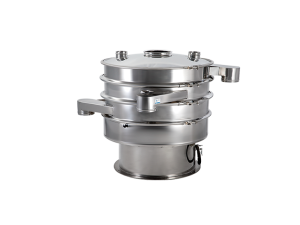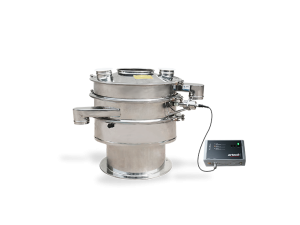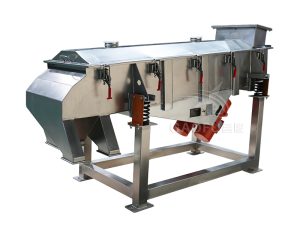Home / Solutions / Metallurgical Industry / Metal silicon powder

Metallic silicon, also known as crystalline silicon or industrial silicon, is mainly used as an additive for non-iron-based alloys. Silicon is a non-metallic element, gray in color, metallic in color, hard and brittle. The content of silicon accounts for about 26% of the mass of the crust; the atomic weight is 28.80; the density is 2.33g/m3; the melting point is 1410C; the boiling point is 2355C; the resistivity is 2140Ω.m.
Brands of metallic silicon: According to the content of iron, aluminum, and calcium in metallic silicon, metallic silicon can be divided into different brands such as 553, 441, 411, 421, 3303, 3305, 2202, 2502, 1501, 1101, etc.
Additional products of metallic silicon: including silicon powder, edge silicon, black silicon, metallic silicon slag, etc. Among them, silica powder is also called silica fume, microsilica fume or silica fume. It is widely used in the refractory materials and concrete industries.

Metallic silicon (Si) is industrially purified elemental silicon. It is mainly used to produce organic silicon, prepare high-purity semiconductor materials, and prepare alloys for special purposes.
(1) Production of silicone rubber, silicone resin, silicone oil and other silicones
Silicone rubber has good elasticity and high temperature resistance, and is used to make medical supplies, high temperature resistant gaskets, etc.
Silicone resin is used to produce insulating paint, high-temperature coatings, etc.
Silicone oil is an oily substance whose viscosity is very little affected by temperature. It is used to produce high-grade lubricants, polishes, fluid springs, dielectric liquids, etc.
It can also be processed into a colorless and transparent liquid and sprayed as a high-grade waterproofing agent. on building surfaces.
(2) Manufacturing high-purity semiconductors
Modern large-scale integrated circuits are almost all made of high-purity metallic silicon, and high-purity metallic silicon is also the main raw material for the production of optical fibers. It can be said that metallic silicon has become a basic pillar industry in the information age.
(3) Formulated alloys
Silicon-aluminum alloy is a silicon alloy that is used in large amounts. Silicon-aluminum alloy is a strong composite deoxidizer. Replacing pure aluminum in the steelmaking process can improve the utilization rate of the deoxidizer, purify the molten steel, and improve the quality of the steel. Silicon-aluminum alloy has low density, low thermal expansion coefficient, good casting performance and anti-wear performance. Alloy castings cast with it have high impact resistance and good high-pressure densification, which can greatly increase the service life. It is commonly used in the production of aerospace vehicles. and auto parts.
Silicon-copper alloy has good welding performance and is not prone to sparks when impacted. It is explosion-proof and can be used to make storage tanks.
Adding silicon to steel to make silicon steel sheets can greatly improve the magnetic permeability of steel, reduce hysteresis and eddy current losses, and can be used to make iron cores for transformers and motors to improve the performance of transformers and motors.

It adopts advanced sealing technology to prevent leakage and extend service life. The sealing gap can be automatically compensated with the use process.

Gaofu combines ultrasonic and vibrating screens to solve the problem of difficult screening of highly adsorbent materials.

When two vibrating motors installed longitudinally on the screen body run relative to each other, the horizontal excitation forces generated by them cancel each other out due to the relative operation of the motors, and the longitudinal excitation force is transmitted to the entire screen box through the vibration transmission body. The screen surface is vibrated, so that the materials on the screen surface are subject to the excitation force and jump on the screen surface in the direction of the discharged product. The materials smaller than the screen hole fall to the lower layer through the screen hole, and then jump from The discharge port flows out. Due to the reasonable screening process, after the materials are classified by the vibrating screen, several materials with different particle sizes can be obtained to complete the material classification operation.